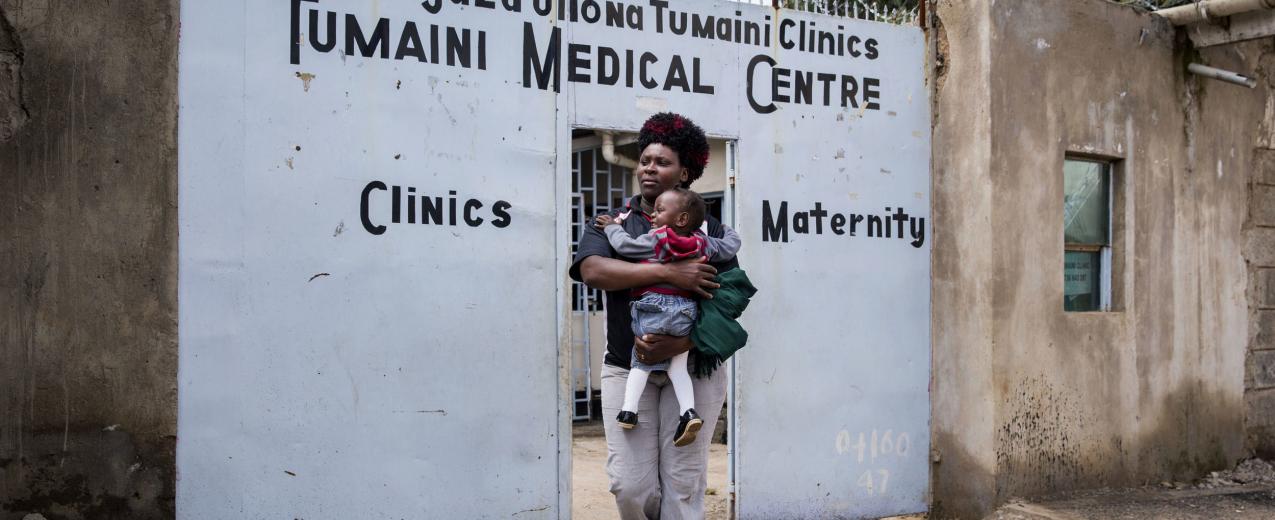
In this guide
Hide menu1. Introduction and key concepts
Show sections1. Introduction and key concepts
The strong influence of gender norms – the informal, often implicit rules of masculinity and femininity that guide people’s attitudes and behaviours – can harm the health and wellbeing of women and men, girls and boys. Gender norms expose them to different health risks, distort the recognition of their health needs and embed disparities in their access to health care.
This thematic guide focuses on adolescence as a critical stage of life when many behaviours that will have an impact on adult health and wellbeing begin or are consolidated. Adolescents account for a substantial proportion of the global disease and injury burden and more than two-thirds of all adolescent deaths occur in low- and middle-income countries (LMICs).
The guide presents key evidence on how discriminatory gender norms affect health outcomes for adolescents and youth aged 10-24 years in LMICs. An increasing number of studies are exploring how gender inequality and gender norms affect health and the quality of life for all. The past decade has also seen adolescent health and wellbeing being prioritised on the global agenda for two reasons: First, adolescence is a critical stage of human development. Second, emerging neuroscience findings indicate that the adolescent brain is still developing and is more plastic than once believed, confirming adolescence as a pivotal moment for interventions that support life-long health.
The guide begins by outlining three causal pathways that determine gender inequities in health, first identified by Sen et al. in a ground-breaking paper in 2007. It then examines how discriminatory gender norms affect the vulnerability of adolescents and youth to the following challenges to health and wellbeing:
- non-communicable diseases
- communicable and infectious diseases
- poor nutritional status
- threats to physical integrity: violence, body modification and unintentional injuries
- sexual and reproductive health risks and infections
- challenges for mental health and psychosocial wellbeing
- and the gendered responses of health systems.
The current call for action on the health of adolescents and youth is an opportunity to identify and respond to their particular health needs. Although the role of gender inequality and the norms that reflect and reproduce it are often neglected, they shape boys’ and girls’ understanding of what is acceptable and appropriate. As such, they are clearly part of the problem and should also be addressed in both policy and programming to improve adolescent and youth health.
This guide will be accompanied by information on best practices and promising initiatives to address harmful gender norms and promote adolescent and youth health.
Key concepts
- According to WHO, gender is a key social determinant of health and wellbeing. While sex and gender are often used interchangeably, they are different: sex refers to the biological and physiological differences between women and men, while gender refers to the socially-constructed characteristics, behaviours and roles of women and men. Gender has, therefore, five elements: relational, hierarchical, historical, contextual and institutional.
- Gender relations refer to the relations between women and men. They often create hierarchies between and among groups of women and men that lead to unequal power relations disadvantaging one group over another. Most societies give men privileged access and control over rights, resources and opportunities and value masculine attributes, roles and behaviours more highly than those linked to women and femininity.
- Norms have been called ‘the vital determinants’ of social hierarchy as they reflect, reproduce and normalise power relations. In particular, gender norms dictate what is masculine, what is feminine, and how men and women should behave. They can harm health and wellbeing through multiple pathways by shaping differential exposure to health risks, differential acknowledgement of health needs and differential access to health care. Yet norms are not static but can be challenged and changed and their harmful health effects can be prevented or mitigated.
- Gender interacts with other forms of social disadvantage such as those linked to socioeconomic status, ethnicity or sexual orientation and accentuates health inequities.